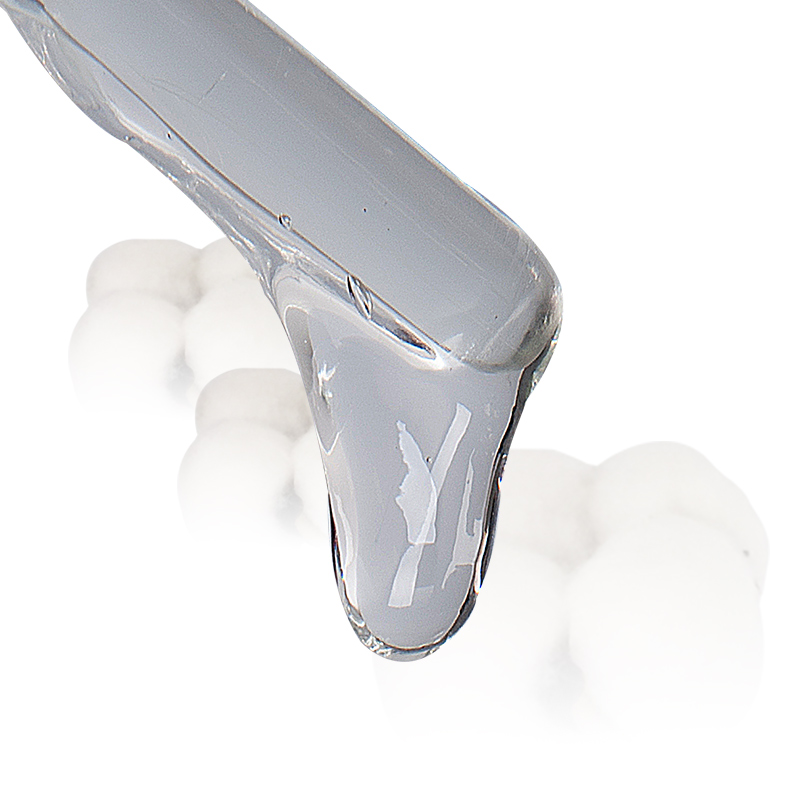Cellulose ether is made from cellulose by etherification reaction with one or several etherification agents and dry grinding. According to the different chemical structures of ether substituents, cellulose ethers can be divided into anionic, cationic, and non ionic ethers. Ionic cellulose ethers mainly include carboxymethyl cellulose ethers (CMC); Non ionic cellulose ethers mainly include methyl cellulose ether (MC), hydroxypropyl methyl cellulose ether (HPMC), and hydroxyethyl cellulose ether (HC). Non ionic ethers are further divided into water-soluble ethers and oil soluble ethers, and are mainly used in mortar products. In the presence of calcium ions, ionic cellulose ether is unstable, so it is rarely used in dry mixed mortar products using cement, hydrated lime, and other cementitious materials. Non ionic water-soluble cellulose ethers are widely used in the building materials industry due to their suspension stability and water retention properties.
1. Chemical properties of cellulose ether
Each cellulose ether has the basic structure of cellulose – the dehydrated glucose structure. In the process of producing cellulose ether, the cellulose fibers are first heated in an alkaline solution, and then treated with etherification agents. The fibrous reaction products are purified and ground to form a uniform powder with a certain fineness.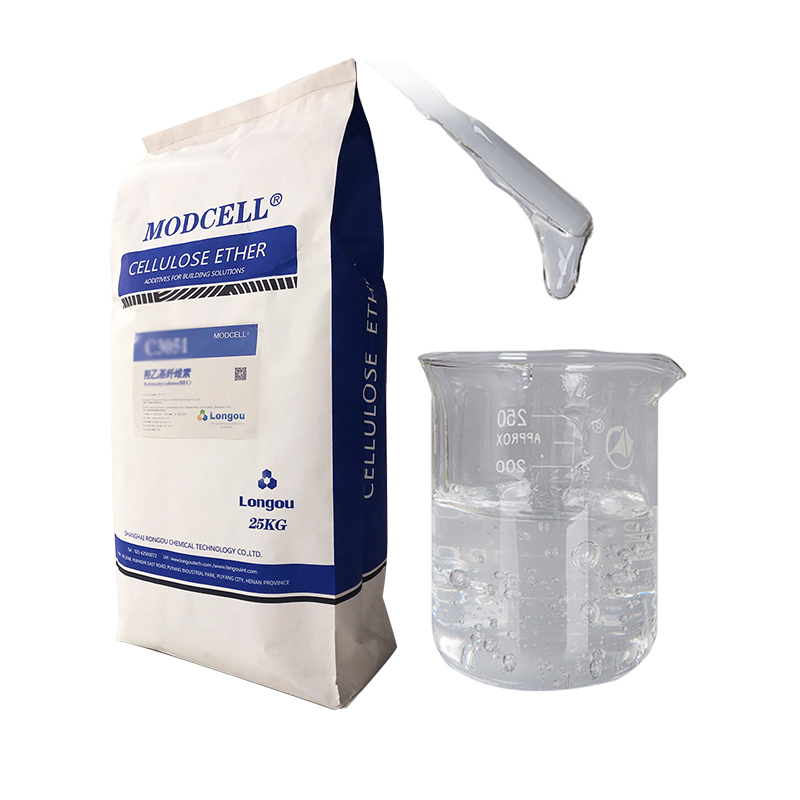
During the production process of MC, only methane chloride is used as an etherifying agent; In addition to using methane chloride in the production of HPMC, epoxy propylene is also used to obtain hydroxypropyl substituents. Various cellulose ethers have different methyl and hydroxypropyl substitution rates, which affect the organic solubility of cellulose ether solution and the thermal gel temperature and other properties.
2. Application scenarios of cellulose ether
Cellulose ether is a non ionic semi synthetic polymer with water-soluble and solvent-based properties, and its effects vary in different industries. For example, in chemical building materials, it has the following composite effects:
① Water retaining agent ② Thickener ③ Leveling property ④ Film forming property ⑤ Adhesive
In the PVC industry, it is an emulsifier and dispersant; In the pharmaceutical industry, cellulose is a type of binder and slow-release framework material, and precisely because it has multiple composite effects, its application fields are also the most extensive. Below, we will focus on the usage methods and functions of cellulose ether in various building materials.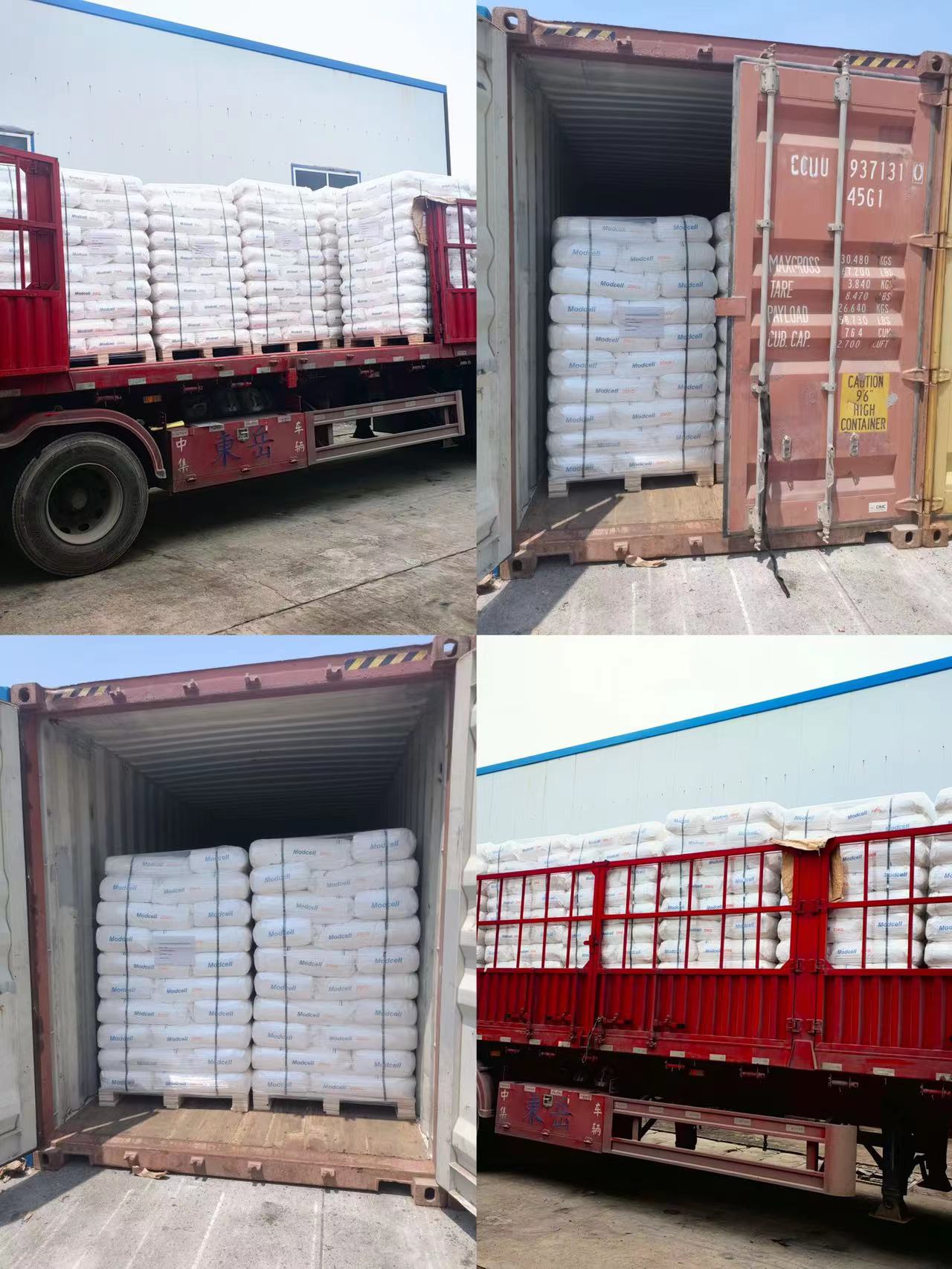
(1) In latex paint:
In the latex paint industry, it is necessary to choose hydroxyethyl cellulose. The general specification for equal viscosity is RT30000-5000cps, which corresponds to the HBR250 specification. The reference dosage is generally around 1.5 ‰ -2 ‰. The main role of hydroxyethyl in latex paint is thickening, preventing pigment gel, contributing to pigment dispersion, latex stability, improving the viscosity of components, and contributing to the leveling performance of construction: hydroxyethyl cellulose is easy to use, which can be dissolved in cold water and hot water, and is not affected by the PH value. It can be used safely between PI value 2-12. The following three methods are used: I Directly adding in production: This method should choose hydroxyethyl cellulose delayed type, with a dissolution time of more than 30 minutes. The usage steps are as follows: ① Put a quantitative amount of pure water into the container equipped with a high strain stirrer; ② Start stirring at low speed without stopping, At the same time, slowly and evenly add hydroxyethyl to the solution. ③ Continue stirring until all particle materials are wet. ④ Add other additives and alkaline additives. ⑤ Stir until all hydroxyethyl is completely dissolved. Then add other components in the formula and grind until the finished product. II. Preparation of mother liquor for use: This method can choose instant type and has anti mold effect on cellulose. The advantage of this method is that it has great flexibility and can be directly added to latex paint. The preparation method is the same as the steps ① to ④. III. Preparation of Congee like substances for future use: Since organic solvents are bad solvents (insoluble) for hydroxyethyl, these solvents can be used to prepare Congee like substances. The most commonly used organic solvent is the organic liquid in the emulsion paint formula, such as ethylene glycol, propylene glycol and film forming agent (such as diethylene glycol butyl acetate). The Congee like hydroxyethyl cellulose can be directly added to the paint, and then continue to stir until completely dissolved.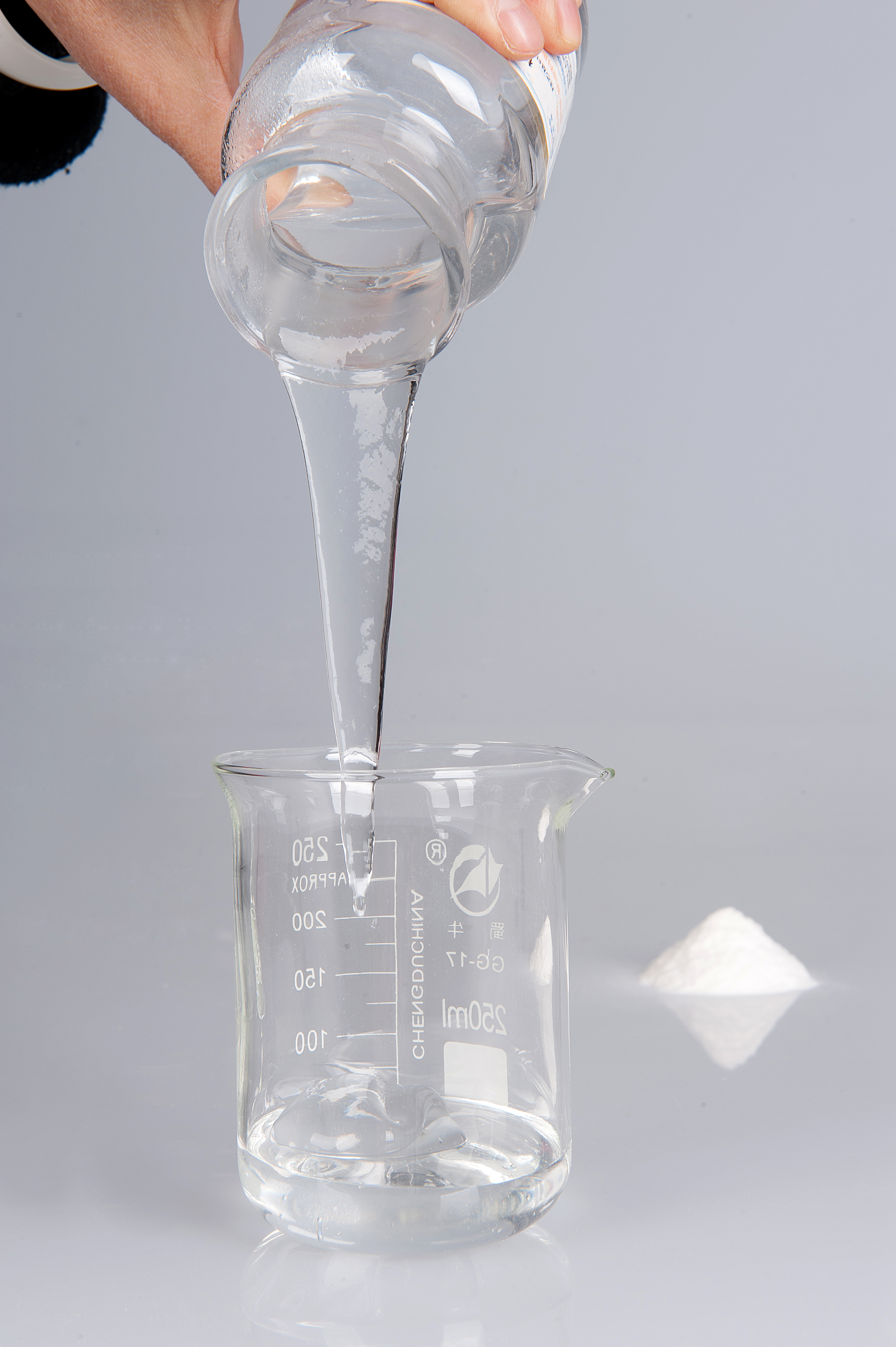
(2) In scraping wall putty:
At present, environmentally friendly putty that is resistant to water and scrubbing has been basically valued in most cities in China. In the past few years, due to the emission of formaldehyde gas from putty made of building adhesive, which damages people’s health, building adhesive was prepared by acetal reaction of polyvinyl alcohol and formaldehyde. So this material is gradually being phased out by people, and the substitute for this material is the cellulose ether series products, which means developing environmentally friendly building materials. Cellulose is currently the only material available. In water resistant putty, it can be divided into two types: dry powder putty and putty paste. Generally, modified methyl cellulose and hydroxypropyl methyl are chosen as the two types of putty, and the viscosity specification is generally between 30000-60000 cps. The main function of cellulose in putty is to retain water, bond, and lubricate. Due to the different putty formulas of various manufacturers, some are gray calcium, light calcium, white cement, etc., while others are gypsum powder, gray calcium, light calcium, etc., the specifications, viscosity, and infiltration amount of cellulose for the two formulas are also different, with a general addition amount of about 2 ‰ -3 ‰. In the construction of scraping wall putty, due to the certain water absorption of the base surface of the wall (the water absorption rate of brick walls is 13%, and the water absorption rate of concrete is 3-5%), coupled with external evaporation, if the putty loses water too quickly, it will cause cracks or powder peeling, and thus weaken the strength of the putty. Therefore, adding cellulose ether will solve this problem. However, the quality of the filling material, especially the quality of gray calcium, is also extremely important. Due to the high viscosity of cellulose, it also enhances the buoyancy of the putty, avoids sagging during construction, and is more comfortable and labor-saving to scrape. The cellulose ether in the powder putty needs to be added to the factory appropriately. Its production and use are relatively convenient, and the filling material and additives can be evenly mixed with dry powder. The construction is also relatively convenient, and on-site water distribution depends on how much is used.
(3) Concrete mortar:
In concrete mortar, to truly achieve the final strength, it is necessary to completely hydrate the cement. Especially in summer construction, when the water loss of the concrete mortar is too fast, complete hydration measures are taken to maintain and sprinkle water. This method causes water resource waste and inconvenience in operation, and the key is that the water is only on the surface, while the internal hydration is still incomplete. Therefore, the solution to this problem is:, Adding eight water retaining agents cellulose to mortar concrete generally selects hydroxypropyl methyl or methyl cellulose, with viscosity specifications ranging from 20000 to 60000 cps and an addition amount of 2% to 3%. Around, the water retention rate can be increased to over 85%. The method of use in mortar concrete is to mix dry powder evenly and then pour water into the mouth.
(4) In plastering gypsum, bonding gypsum, and caulking gypsum:
With the rapid development of the construction industry, the demand for new building materials is also increasing day by day. Due to the increasing awareness of environmental protection and the continuous improvement of construction efficiency, cementitious gypsum products have developed rapidly. At present, the most common gypsum products include plastering gypsum, bonding gypsum, embedded gypsum, tile binder, etc. Gypsum plastering is a high-quality material for plastering interior walls and roof slabs. The walls it is used for plastering are delicate and smooth, without peeling off powder and firmly adhering to the base, without cracking or peeling off, and with fire protection function; Bonded gypsum is a new type of building light board binder, which is made from gypsum as the base material and added with various force additives. It is suitable for bonding between various inorganic building wall materials and has the characteristics of non-toxic, odorless, early strength, fast setting, and strong bonding. It is a supporting material for building board and block construction; Gypsum joint filler is a filling material for gaps between gypsum boards, as well as a repair filler for walls and cracks. These gypsum products have a series of different functions. In addition to gypsum and related fillers, the key issue is that the added cellulose ether additives play a dominant role. Due to the fact that gypsum is divided into anhydrous gypsum and hemihydrate gypsum, different types of gypsum have different effects on the performance of the product. Therefore, thickening, water retention, and retarding determine the quality of gypsum building materials. The common problem with these materials is hollowing and cracking, and the initial strength cannot be reached. To solve this problem, it is necessary to choose the model of cellulose and the composite utilization method of retarders. In this regard, methyl or hydroxypropyl methyl is generally chosen as 30000 to 60000 cps, with an addition amount of 1.5% -2%. Among them, cellulose focuses on its water retention, retarding, and lubricating properties. However, it is not possible to use cellulose ether as a retarder in this process, and it is necessary to add citric acid retarder to mix and use it without affecting the initial strength. The water retention rate generally refers to the amount of natural water loss without external water absorption. If the wall is dry, the water absorption and natural evaporation of the base surface cause the material to lose water too quickly, which will also cause hollowing and cracking. This usage method is for mixing dry powder. If preparing a solution, please refer to the solution preparation method.
(5) Insulation mortar
Insulation mortar is a new type of interior wall insulation material in the northern region, which is a wall material composed of insulation materials, mortar, and adhesives. Cellulose plays a key role in bonding and increasing strength in this material. Generally, methyl cellulose with high viscosity (around 10000eps) is chosen, and the dosage is generally between 2 ‰ -3 ‰. The use method is dry powder mixing.
(6) Interfacial agent
The interface agent should be HPMC20000 cps, and the adhesive for tiles should be over 60000 cps. In the interface agent, the focus should be on thickening agent, which can improve tensile strength and arrow resistance. Apply a water retaining agent in the bonding of tiles to prevent them from falling off quickly due to water loss.
3. Industry chain situation
(1) Upstream industry
The main raw materials required for producing cellulose ether include refined cotton (or wood pulp) and some commonly used chemical solvents, such as epoxy propane, chloromethane, liquid alkali, flake alkali, ethylene oxide, toluene, and other auxiliary materials. The upstream enterprises in this industry include refined cotton and wood pulp production enterprises, as well as some chemical enterprises. The fluctuations in the prices of the main raw materials mentioned above will have varying degrees of impact on the production cost and selling price of cellulose ether.
The cost of refined cotton is relatively high. Taking building material grade cellulose ether as an example, during the reporting period, the proportion of refined cotton cost to the sales cost of building material grade cellulose ether was 31.74%, 28.50%, 26.59%, and 26.90%, respectively. The fluctuation of refined cotton prices will affect the production cost of cellulose ether. The main raw material for producing refined cotton is cotton linter. Cotton linter is one of the by-products in the cotton production process, mainly used for producing products such as cotton pulp, refined cotton, and nitrocellulose. There is a significant difference in the utilization value and use of cotton linter and cotton, and their prices are significantly lower than those of cotton, but there is a certain correlation with the fluctuation of cotton prices. The price fluctuation of cotton linter will affect the price of refined cotton.
The drastic fluctuations in refined cotton prices will have varying degrees of impact on the control of production costs, product pricing, and profitability of enterprises in this industry. In the context of higher prices for refined cotton and relatively cheaper prices for wood pulp, in order to reduce costs, wood pulp can be used as a substitute and supplement for refined cotton, mainly for producing cellulose ethers with lower viscosity such as pharmaceutical and food grade cellulose ethers. According to the website data of the National Bureau of Statistics, in 2013, China’s cotton planting area was 4.35 million hectares, and the national cotton production was 6.31 million tons. According to the statistical data of the China Cellulose Industry Association, in 2014, the total output of refined cotton by major domestic refined cotton production enterprises was 332000 tons, with ample supply of raw materials.
The main raw materials for producing graphite based chemical equipment are steel and graphite carbon. The price of steel and graphite carbon accounts for a high proportion of the production cost of graphite chemical equipment. The price fluctuations of these raw materials will have a certain impact on the production cost and selling price of graphite chemical equipment.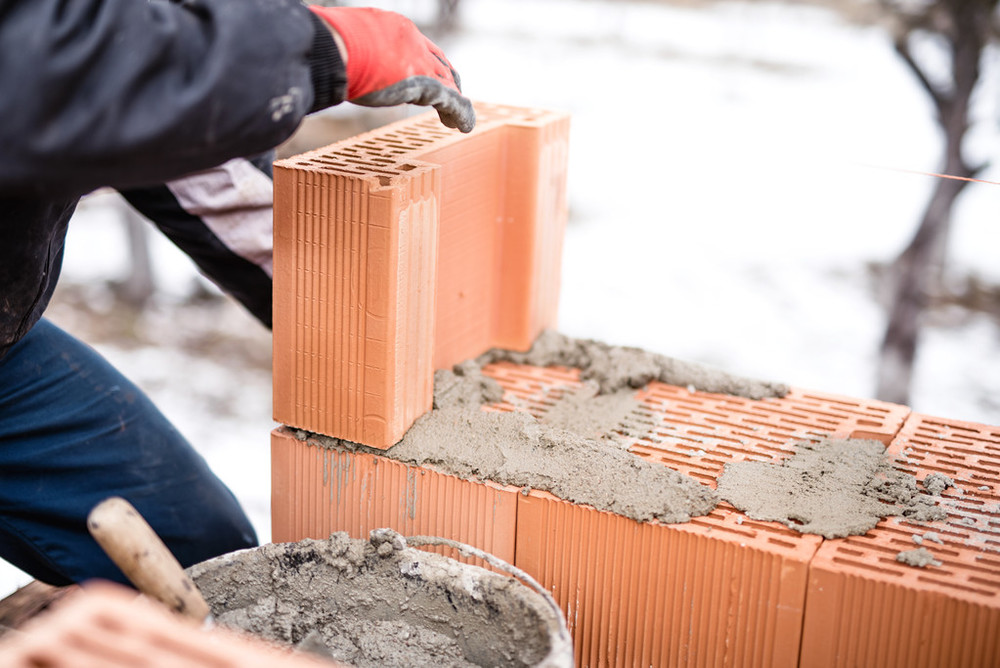
(2) Situation of downstream cellulose ether industry
Cellulose ether, as an “industrial monosodium glutamate”, has a low proportion of additives and a wide range of applications, with downstream industries scattered in various industries of the national economy.
Normally, downstream construction and real estate industries will have a certain impact on the growth rate of demand for building material grade cellulose ether. When the growth rate of the domestic construction and real estate industries is relatively fast, the demand for building material grade cellulose ether in the domestic market is growing rapidly. When the growth rate of the domestic construction and real estate industries slows down, the demand for building material grade cellulose ether in the domestic market will slow down, making the competition in this industry more intense and accelerating the process of survival of enterprises in this industry.
Since 2012, in the context of a slowdown in the domestic construction and real estate industries, there has been no significant fluctuation in the demand for building material grade cellulose ether in the domestic market. The main reasons are: firstly, the overall scale of the domestic construction and real estate industries is large, and the total market demand is relatively large; The main consumer market for building material grade cellulose ether has gradually expanded from economically developed regions and first and second tier cities to the central and western regions and third tier cities, expanding the potential and space for domestic demand growth; 2、 The addition amount of cellulose ether accounts for a low proportion of the cost of building materials, and the amount used by a single customer is small. Customers are dispersed, which can easily generate rigid demand. The total demand in the downstream market is relatively stable; 3、 The change in market price is an important factor affecting the demand structure of building material grade cellulose ether. Since 2012, the price of building material grade cellulose ether has decreased significantly, causing a significant decrease in the prices of mid to high-end products, attracting more customers to purchase and choose, increasing the demand for mid to high-end products, and squeezing the market demand and price space of ordinary model products.
The development level and growth rate of the pharmaceutical industry will affect the demand for pharmaceutical grade cellulose ether. The improvement of people’s living standards and the development of the food industry are conducive to driving the market demand for food grade cellulose ether.
6. Development trend of cellulose ether
Due to the structural differences in market demand for cellulose ether, a situation has emerged where enterprises with different strengths can coexist. In response to the obvious structural differentiation of market demand, domestic cellulose ether manufacturers have adopted differentiated competitive strategies based on their own strength, while also effectively grasping the development trend and direction of the market.
(1) Ensuring product quality stability will still be the core competitive point for cellulose ether enterprises
Cellulose ether accounts for a relatively small proportion of production costs in most downstream enterprises in this industry, but has a significant impact on product quality. The high-end customer group needs to undergo formula experiments before using a certain brand and model of cellulose ether. After forming a stable formula, it is usually not easy to replace products from other brands, and higher requirements are also placed on the quality stability of cellulose ether. This phenomenon is more prominent in high-end fields such as domestic and foreign large-scale building material production enterprises, pharmaceutical excipients, food additives, PVC, etc. To improve the competitiveness of products, production enterprises must ensure that the quality stability of different batches of cellulose ether supplied can be maintained for a long time, in order to form a good market reputation.
(2) Improving the level of product application technology is the development direction of domestic cellulose ether enterprises
With the increasingly mature production technology of cellulose ether, a higher level of application technology is beneficial for enterprises to enhance their comprehensive competitiveness and form stable customer relationships. Famous cellulose ether enterprises in developed countries mainly adopt a competitive strategy of “targeting large high-end customers and developing downstream applications and usage”, developing cellulose ether applications and usage formulas, and configuring series of products according to different segmented application fields to facilitate customer use, and cultivating downstream market demand through this. The competition among cellulose ether enterprises in developed countries has shifted from product to application technology.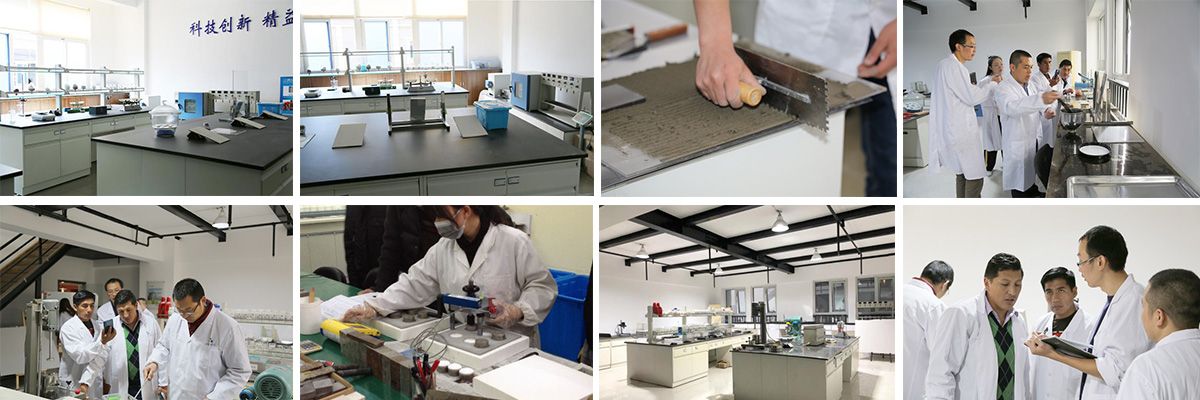
Post time: Aug-31-2023






